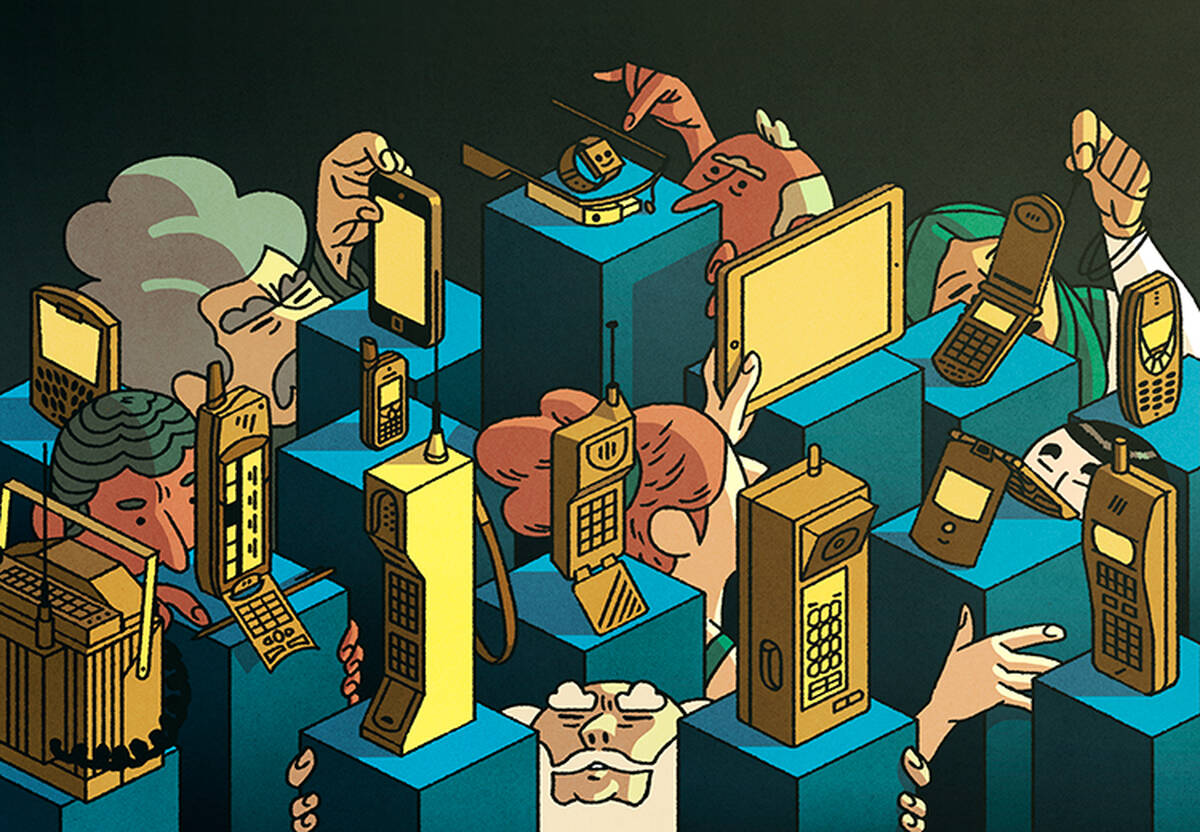1. Collaborate
Do innovations need to be completely novel in order to be successful?
In the world of scientific discovery, at least, the answer is “kinda.”
Kellogg’s Benjamin F. Jones and Brian Uzzi, along with colleagues, analyzed the citations of close to 20 million research articles published on Web of Science, a database of scientific papers. They wanted to see whether citations came from a combination of sources that often appeared together, what the researchers call conventional sources, or from novel combinations.
They found that papers that draw from only very conventional or very novel sources had about a 5% chance of being highly successful. Yet, papers that relied mostly on conventional sources but also included some highly novel ones were twice as likely to be a hit.
“It isn’t all about novelty or conventionality. It’s about both,” says Jones, a professor of strategy and the faculty director of the Kellogg Innovation and Entrepreneurship Initiative.
“Many of these novel combinations are really two conventional ideas in their own domains,” says Uzzi, a professor of management and organizations and the faculty director of the Kellogg Architectures of Collaboration Initiative. “You’re taking established, well-accepted ideas, which is a wonderful foundation—you need that in science. But when you put them together: wow. That’s suddenly something really different.”
2. Incentivize Innovators
Jones tackled a different innovation question in other research: How much do financial incentives matter in motivating innovators? A lot, he found.
He used a natural experiment in Norway to gauge the impact of a government policy that changed the way professors were compensated for innovations.
In 2003, Norway took away “professor’s privilege,” which had allowed university professors to keep full rights to their intellectual property. The new policy allowed universities to keep two-thirds of those rights. Jones and a colleague analyzed the number of startup companies and licenses for technologies that came out of universities before and after the new policy went into effect.
The difference was dramatic.
From 2000 to 2002, university professors began an average of 25 startups year. From 2003 to 2007, when universities received the lion’s share of a professor’s rights, the number of startups begun each year decreased by 56 percent to just 11. The number of professors who applied for a patent in a given year also decreased by 53 percent.
“Broadly, the findings here suggest that you want to push the incentive back towards the researcher and not towards the university,” Jones says. “This creates more innovation for society.” And that is what drives economic growth.
3. Don’t Brag
New! Improved! We love brands that innovate, at least in theory. But when there is something about a product that concerns us, or if we just are thinking about previous product malfunctions, a company’s boasts about innovation can backfire, according to research from Kelly Goldsmith, an assistant professor of marketing at Kellogg.
In one experiment, Goldsmith and colleagues surveyed 266 students, asking one group of participants to write down a few times when products they bought malfunctioned, and asking another group to write down a few things they did the previous week. Both groups then rated a camera equipped with new technology that allows someone to wirelessly upload photos. The group that recalled experiences with malfunctioning products rated the camera as lower quality than the other group.
The researchers also tested what marketers call “low-fit brand extension,” when a brand expands into products it is not known for (think fictitious Haagen-Dazs cottage cheese or Heineken popcorn). To do this, they asked 172 students to read one of two histories of a dress-shoe company that was expanding into running shoes. Students who read a company history that touted a reputation for innovation said they were less likely to buy the running shoes than students who read a history that did not mention innovation. Meaning, that in the case of customers wary due to low-fit brand extension, innovation was a liability.
“It seemed odd that no matter what you read in the popular press, people always say innovation is good and important,” Goldsmith says. “This seems like a very narrow view of innovation.”
4. Innovate from within a Community
Public policy problems like safety, education, and access to health care are hard to solve. Many leaders seek answers via “design thinking”—hiring firms that combine customer insight, technical expertise, and rapid prototyping to quickly offer replicable solutions. Yet design thinking has obscured another method—community development—that’s both effective and durable.
When it comes to social change that benefits a community, the solutions found from within that group or neighborhood are often the best, says Klaus Weber, an associate professor of management and organizations at Kellogg.
“Rather than listing social problems and then coming up with solutions, community developers focus on unique strengths and hidden value,” Weber says. “They try to build from what’s already there.” For example, Solomon Islanders, experts in forestry, helped solve the housing problem there.
Design thinking can still lead to positive change, but it is most effective—and innovative—when paired with a community’s input and solutions.
5. Sell Your Big Idea
Even when you have an innovative idea that could prove beneficial for a company or community, it can be a hard sell. We like what is familiar—a concept psychologists call “status quo bias.”
“People just aren’t naturally oriented towards innovation or change,” says Loran Nordgren, an associate professor of management and organizations at Kellogg. Thankfully, there are steps you can take to convince a firm that your idea is worth pursuing.
For starters, tell people what they would be missing, not what they stand to gain. We all suffer from FOMO (Fear of Missing Out), known in psychological terms as “loss aversion.” In fact, research shows that we feel a loss twice as acutely as we feel a corresponding gain.
“If you tell people that by not doing this, we miss out on an opportunity to appear really forward-looking, that is more likely to succeed,” Nordgren says.
Nordgren also suggests that you make comparisons, even if they are just there to draw attention to the option you would like the company to adopt. It works in restaurants—the most expensive meal makes the second priciest seem more reasonable, but that alternative often has the highest profit margin. And it may well work with selling your idea, too.




